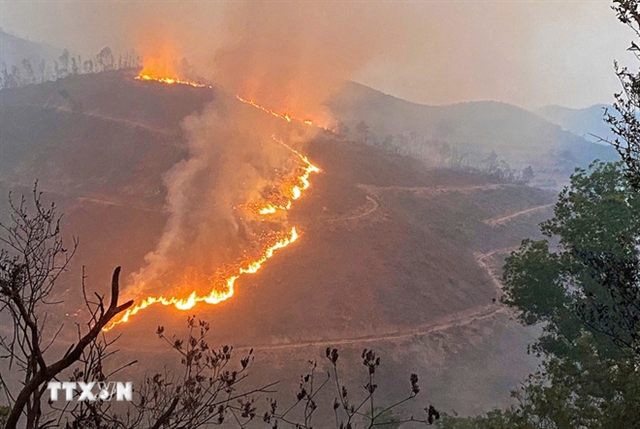 Environment
Environment

Construction investors are often totally indifferent to the storm of dust, construction waste and general filth their projects unleash on the general public. The Ministry of Construction has taken an action as drastic as the neglect of these investors and their greedy firms.
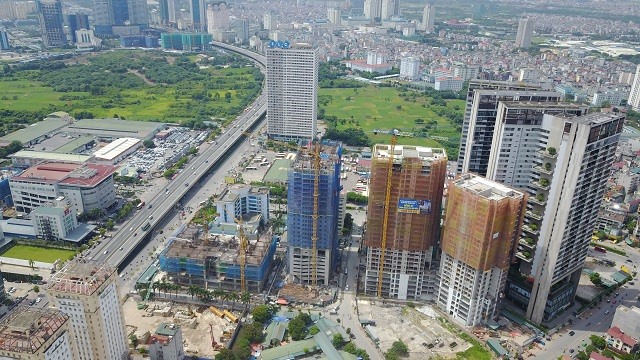 |
| The Ministry of Construction’s new circular will suspend construction work on projects found to be in violation of environmental regulations.-- Photo kinhtedothi.vn |
HÀ NỘI – Construction investors are often totally indifferent to the storm of dust, construction waste and general filth their projects unleash on the general public. The Ministry of Construction has taken an action as drastic as the neglect of these investors and their greedy firms.
Thanks to Circular No 02/2018/TTBXD, all construction projects that violate environmental sanitation rules will be suspended, beginning on April 1.
Dust on street, building materials on the sidewalk
People have come to accept the unsightly and unhealthy consequences of ongoing construction projects in cities across the country: dust clouding the air, construction waste obstructing sidewalks and odours filling the atmosphere.
A survey by the Kinh tế & Đô thị (Urban and Economic) newspaper revealed that along many roads in Hà Nội with many ongoing construction sites, such as Lê Văn Lương, Khuất Duy Tiến and Nguyễn Xiển, dust and noise pollution are quite common.
Late in 2016, a public outcry arose as the Eco-Green City construction project at Nguyễn Xiển Road violated Vietnamese legal regulations on labour safety and environmental sanitation.
The project’s investor arbitrarily occupied the pavement as a place for containing construction materials and waste. Thanh Trì District’s construction inspectors issued fines of up to VNĐ30 million and banned the occupation of the pavement.
Similarly, in the area of Thăng Long Road, at the road section through the Mễ Trì and Phú Đô wards in Nam Từ Liêm District; in An Khánh, Lại Yên, Song Phương and Vân Côn communes in Hoài Đức District, household and construction wastes, soil and stone from construction sites spread over the pavements.
The methods of transporting materials and building waste in nearby works haven’t strictly implemented the regulations of the city authorities to ensure environmental sanitation.
Many vehicles carrying construction material were overloaded and uncovered. They didn’t seriously obey the regulations to wash vehicles before leaving the construction sites. This situation lead to contaminated streets, dust storms on dry days and mud swamps on wet ones.
To control the environmental pollution at the construction sites, the Ministry of Construction issued the Circular No. 02/2018 / TTBXD that will come into effect from April 1. The circular enhances the responsibility of the construction owners in the field of environmental protection and strictly punishes wrongdoings.
In particular, it will require enterprises to make reports on their environmental impact assessments, environmental protection plans and environmental protection commitments as prescribed.
The investors will be forced to suspend construction if relevant authorities find violations of labour safety regulations, environmental pollution or the risk of environmental incident.
Economic expert Nguyễn Minh Phong said, "Basically, the owner is afraid of the project being forced to halt construction abruptly. It would affect the whole process of the project. Delaying the process will increase costs, leading to reduced investment possibilities.”
A construction inspector in Thanh Xuân District said if the inspectors only made a record of the offense and issued a fine, investors were still not afraid because the fine was negligible; investors are willing to pay a few tens of millions of đồng to continue construction.
Therefore, when the law allows the application of measures to suspend construction, the investors will be forced to obey regulations on shielding the site and washing the vehicles before leaving the sites.
According to Prof. Đặng Hùng Võ, most important was developing a sense of responsibility within each construction company.
“In Japan, as I know, the construction site is completely covered, with no dust going out,” he said. “Even the materials surrounding the construction site can be soundproofed and the construction workers on the site also have to change shoes to avoid carrying sand to the outside.”
In particular, vehicles carrying materials before running into the streets were washed carefully, according to Võ. Most of the construction companies here were self-strictly adhering to the standards of waste emission and pollution control.
“In any country, there are certain sanctions to control the construction site’s environment. However, in determining efficacy, the key is still the human factor," Võ said.
The Ministry of Natural Resources and Environment reported that environmental quality nation-wide and in Hà Nội in particular has been decreasing dramatically as a result of construction activities.
Each year, the city’s air absorbs about 80,000 tonnes of smoke and dust, 9,000 tonnes of SO2, 19,000 tonnes of NO2 and 46,000 tonnes of CO2.
In particular, the process of digging and transporting construction materials, often with high-capacity diesel engines, have emitted harmful gases such as SO2, NOx, CO, affecting the health of people living around construction areas.—VNS

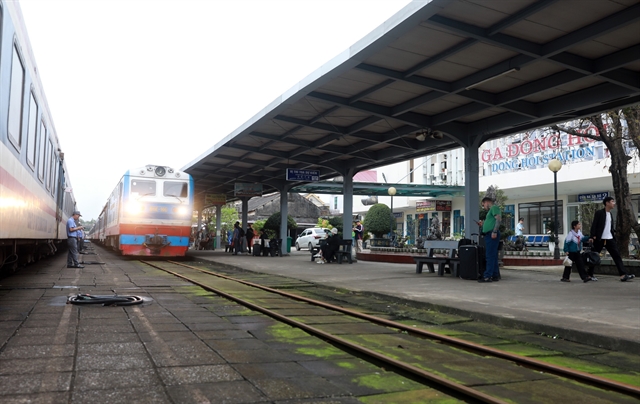



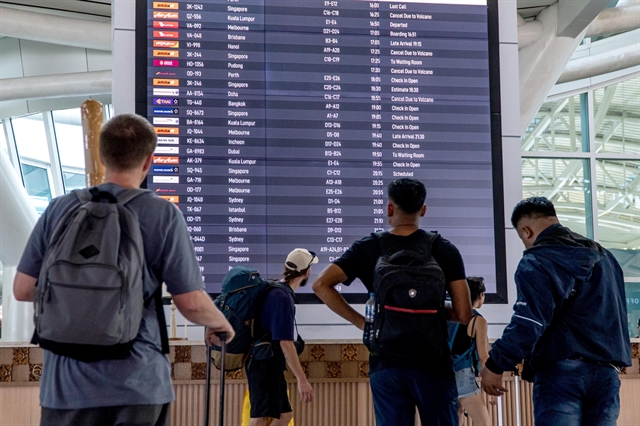

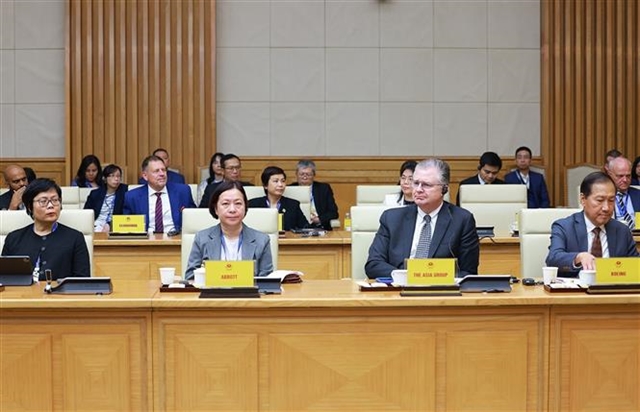
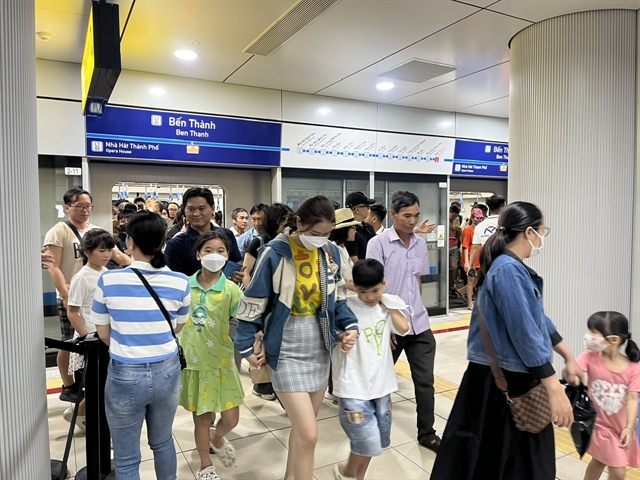
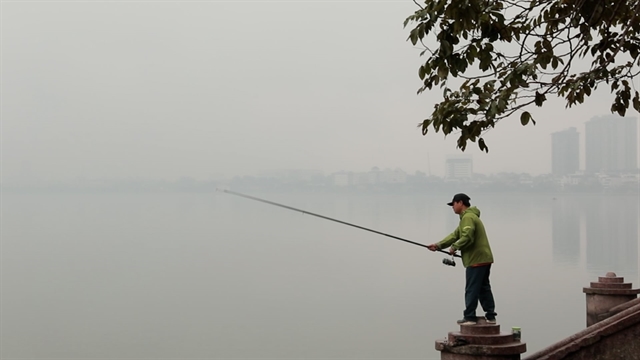
 Brandinfo
Brandinfo